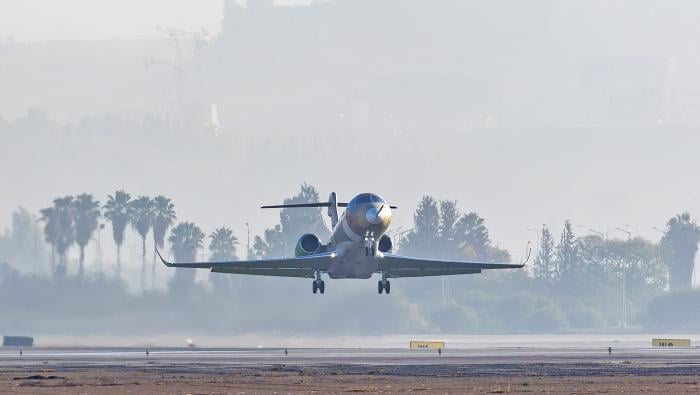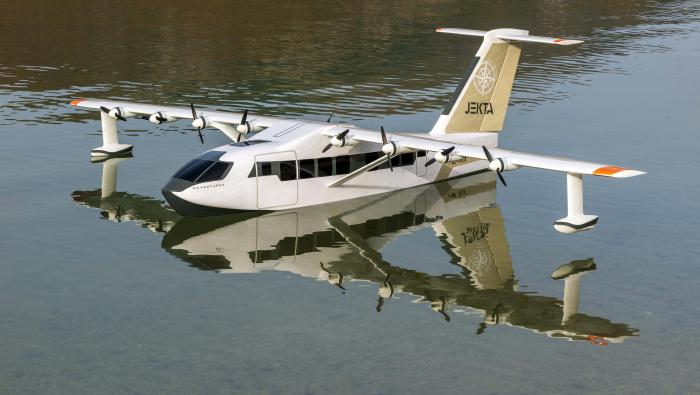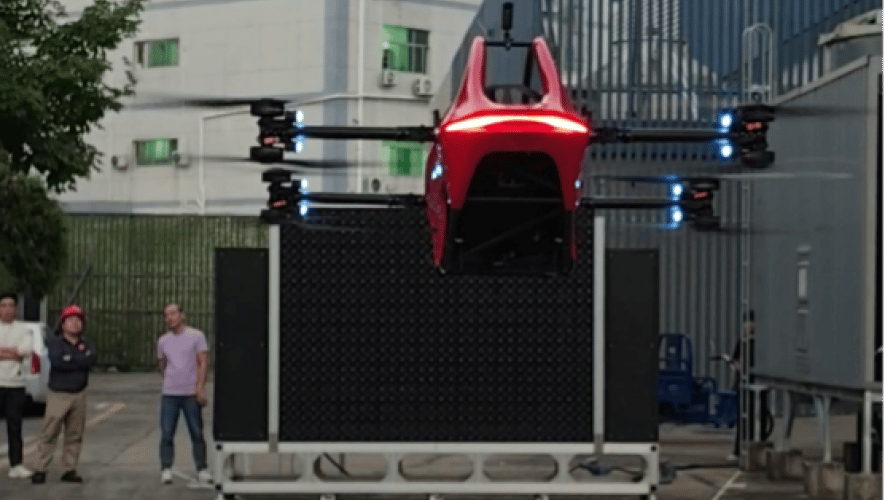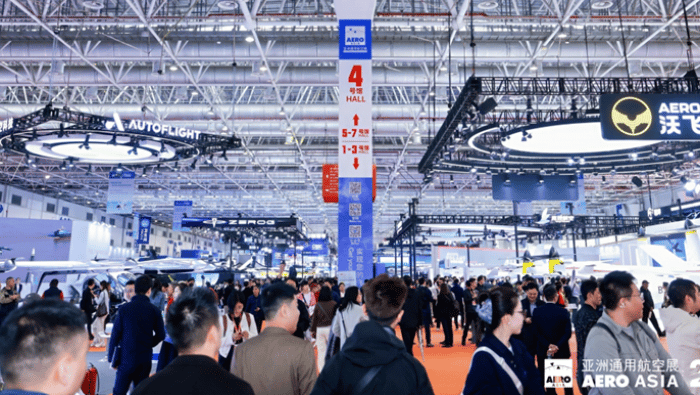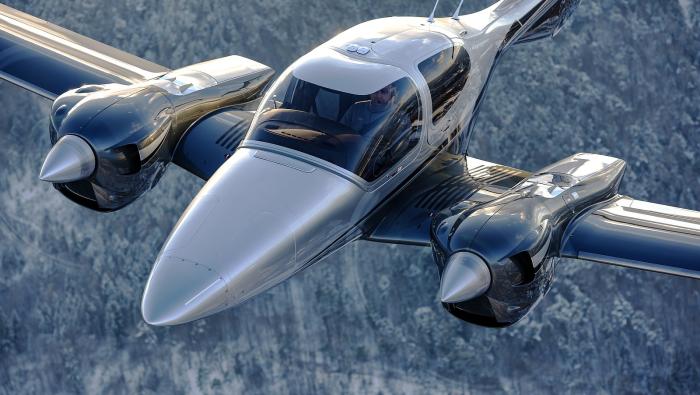Alenia adopts new tech to build M-346 trainer
Alenia Aermacchi is stepping up the pace on the production line for its new
M-346 Master jet trainer at the Venegono Superiore factory in northern It
M-346 Master jet trainer at the Venegono Superiore factory in northern It

